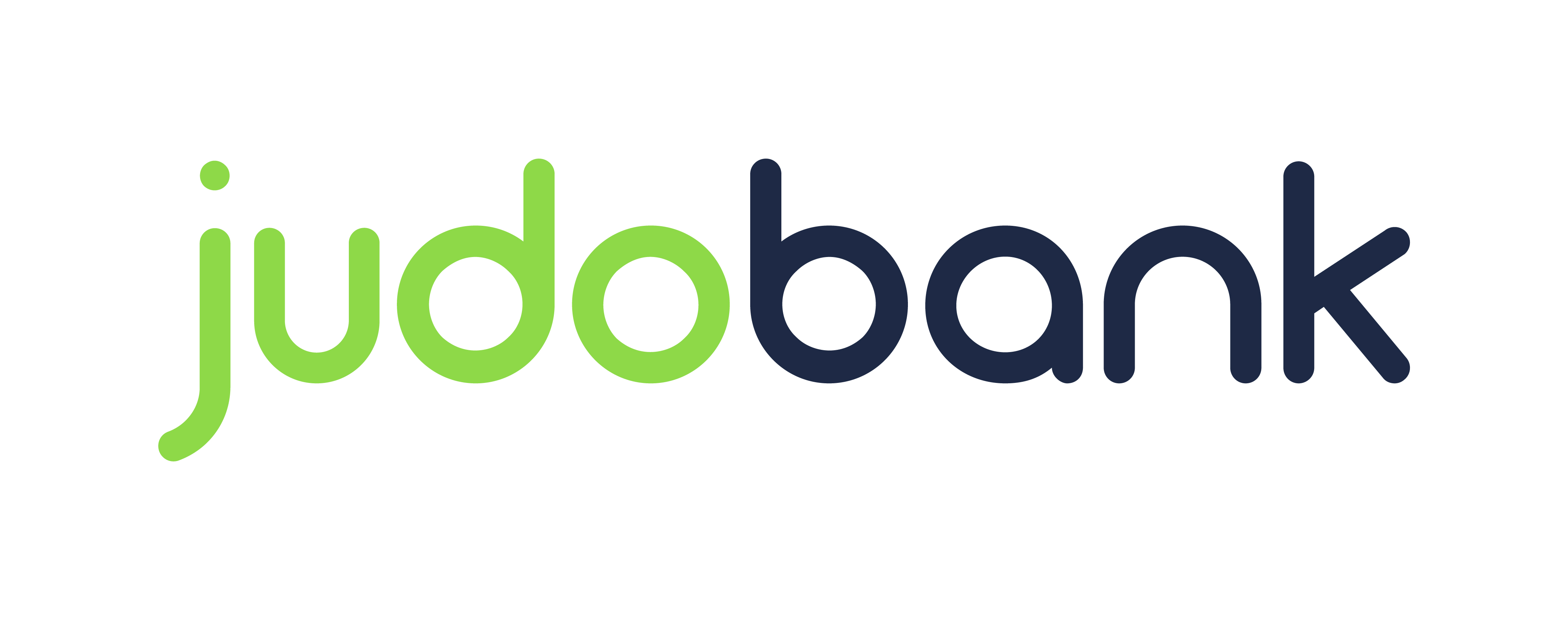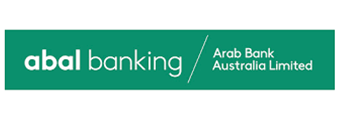What to Know
- Many banks offer five-year term deposits, with flexible interest payments such as at-maturity, annually, bi-annually, quarterly, or monthly.
- Interest is paid into a nominated bank account - either your own or with the host bank.
- Deposits are backed by the government's guarantee scheme up to $250,000 per bank, per account holder.
- While you are insulated from interest rate falls, you won't reap the benefits of interest rates rising.
- You can't add to your deposit in that time, and interest doesn't compound.
- Interest paid is treated as taxable income.
Many banks offer five-year term deposits, including the major banks in CommBank, Westpac, NAB and ANZ. Smaller regional banks also offer them including AMP, Macquarie Bank, Bank of Queensland, Suncorp, Bendigo Bank and ING.
Smaller neobanks and challenger banks also come to the table with competitive rates such as Judo Bank. Many customer-owned banks such as Great Southern Bank, Newcastle Permanent, and Heritage Bank also offer five-year term deposit products.
When comparing five-year term deposits, there are three main ingredients to assess: The interest rate; the minimum and maximum deposit; and how often interest is paid.
Finding out where the bank wants interest paid is also important, such as a bank account with them or externally. If you have self-managed super fund (SMSF) and you are using the term deposit as an asset within the fund, you’ll also want to make sure it’s compatible and compliant, with interest paid to benefit members.
Term deposits also act as a useful crystal ball into the bank’s forecasts on interest rates more broadly. If long-term term deposits are less competitive than 6 or 12 month ones, it might mean the bank expects interest rates to fall in that time; if they are more competitive they might expect interest rates to keep going up.
What to look for in a five-year term deposit
Interest rate
Above pretty much anything, the first thing to look for is a competitive interest rate. You can compare options in the table above. Generally speaking if you’re locking your money away with a bank for half a decade, you’ll want to be receiving the best interest rate possible.
We’ll get into more of this later, but generally the highest interest rates are reserved for annual or end-of-term interest payments. If you don’t need interest payments for up to five years, you could get a higher interest rate this way.
Minimum and maximum deposit
Many banks have minimum and maximum deposit sizes. Some banks might only have a hurdle of $500 or $1,000 to make, while others might require $5,000, $10,000 or even $25,000. On the flipside, it’s also worth comparing the maximum deposit. If you have a large lump sum you are planning on yielding significant interest from, it’s worth remembering that some banks might only have a $100,000 or $250,000 maximum deposit.
The good news however is that many banks are more generous with their maximum deposit sizes on term deposits than on savings accounts. Maximum deposit sizes of $5 million aren’t unheard of.
Frequency of interest payments
There are five common income payment frequencies with term deposits, and banks tend to offer some or all:
-
At maturity/end-of-term: You wait the entire five years and receive all your payments at the end of the term, either in a nominated account or with the option to re-invest the interest in another term deposit.
-
Annually: Payments are made once per year into a nominated account. The bonus is interest rates are expressed as an annual rate (p.a.) so you can easily calculate what you’re getting.
-
Bi-annually/Six-monthly: Payments made twice a year into a nominated bank account. To calculate each payment basically divide your annual percentage rate in two.
-
Quarterly: Payments are made every three months, working out to four times a year.
-
Monthly: Payments are deposited into a nominated account every month, or 12 times a year. Interest is usually calculated one month and paid the following month.
A less common interest payment includes fornightly. They are usually marketed as ‘regular income’ term deposits. Some banks even have upfront interest payments.
Generally the best interest rates are reserved for end-of-term or annual payments. This is because the bank likes to hold onto its money and invest in other things before it pays you - called opportunity cost.
You may have to sacrifice some interest - usually 10-20 basis points or so - if you opt for more frequent interest payments. However you could use this to your advantage, and deposit the interest in a savings account or other investment.
Where interest is paid into
There are two ways to get your interest payments: either nominating your own bank account, or opening one with the term deposit host bank. Usually the term deposit provider prefers if you choose the latter, and you might not get a choice in the matter.
Once you receive your interest payments you can usually do what you like with them - either spend or re-invest it somewhere else. However you’ll also need to consider tax implications, which we’ll talk about later.
What to consider with five-year term deposits
Taxed as income
Interest from term deposits is classed as taxable income. However it usually doesn’t come out automatically as you earn it. When you’re completing your tax return, you either need to declare interest income or it comes through MyGov pre-filled. If you earned say $2,000 in interest through the year, and earned $70,000 in employment income, you will be taxed as if you earned $72,000.
Break fees and penalties
Five years is a long time to lock money away, and there are penalties for exiting one early. You will sacrifice a lot in interest, and some banks charge a fee to exit early - usually around $30 or so. If you’re exiting early, many banks also require 31 days' notice as well.
Keep in mind that while term deposits insulate you from interest rates falling, you won't reap the rewards of interest rates rising.
Make sure it’s money you can afford to lock away
If you’re locking away money for five years, you’ll want to make sure you don’t actually need it, such as for expenses, a forthcoming house deposit, a holiday or another use.
If you’re thinking of buying a home in that time with your hard-earned deposit savings, a five-year term deposit might be too long of a term. You also can’t add savings to your term deposit in that time.
If you’re putting money away, it could be worthwhile to keep a handful of other money away for emergencies in an emergency fund, or split your savings between the term deposit and an at-call savings account.
Can you live off term deposit interest?
If you have inherited a large sum of money, have had a windfall, or have acculumated large cash savings, you might be wondering if it’s possible to live off the interest. The good news is that it’s entirely possible - it just depends on how large your pile of cash is, your income requirements, and your interest rate.
Let’s look at a few examples. If you locked away a 5% p.a. term deposit for five years, and you had a $500,000 deposit, that works out to be $25,000 per year. You will also be taxed on that, and assuming you had no other income, that would be reduced to $23,709 not including the Medicare levy.
This works out to be $911.88 a fortnight, which is less than the maximum age pension rate for singles. It could be doable but would hardly be a glamorous lifestyle, unless you are retired and drawing down on super as well.
If you are wanting to live off interest income, it could be wise to opt for more frequent interest payments, such as monthly or fortnightly so you can make budgeting easier.
Are term deposits guaranteed and safe?
Term deposits are one of the safest investments in Australia. This is because you are guaranteed a rate of return - interest rates won’t fluctuate in that time.
They are also backed by the government’s $250,000 deposit guarantee. This means up to $250,000 per bank per account holder is covered. In the unlikely event a bank collapses, the government’s deposit insurance will cover you up to this amount, but due to how many customers would be affected, you could be waiting a while to see that money.
Where you could run into issues is if your deposit is more than this. This is why if you have large sums of money it could be wise to spread it around different banks. Keep in mind you’re covered per account holder, meaning if you’ve co-signed the bank account with your spouse you’ll be covered up to $500,000 in total.
Keep in mind as well that some banks share banking licences, for example Westpac and its subsidiaries Bank of Melbourne, BankSA, RAMS and St George, as well as NAB and UBank, and CommBank and Bankwest. You’ll only be covered up to $250,000 regardless of how much is spread across different institutions sharing the same licence.
Be aware of some investment products that might be marketed as ‘safe’ returns like a term deposit, but are actually not covered under the $250,000 guarantee because they aren’t banking products, and are instead investing in other areas.


























